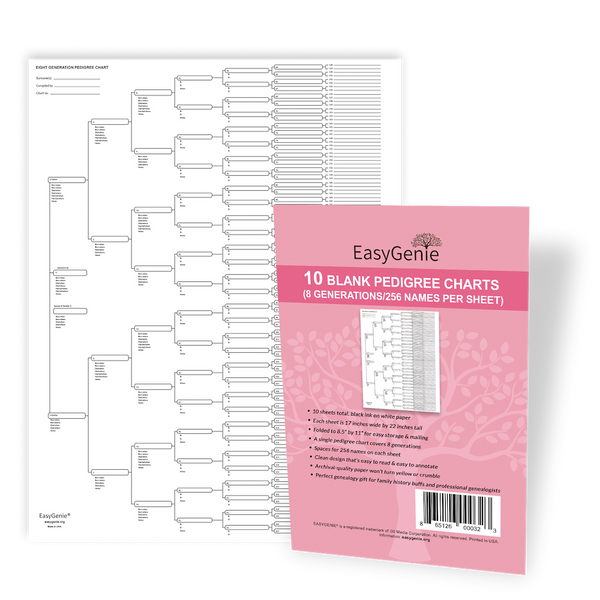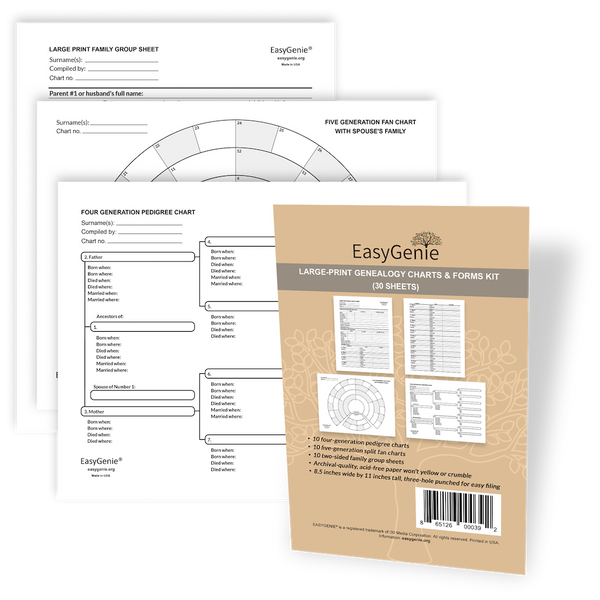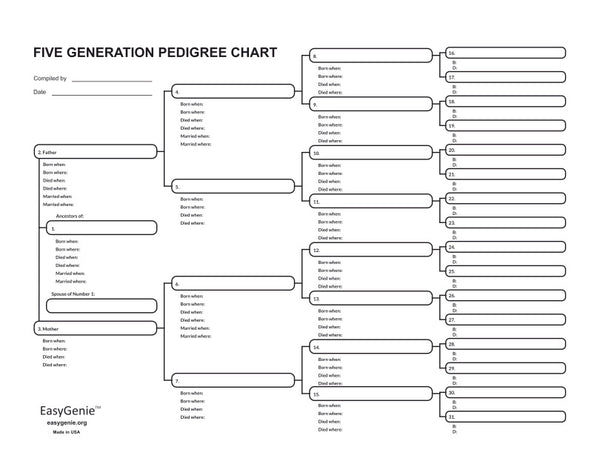
New York probate packet reveals the story of John J. Lamont's death in 1925
Ian LamontOn Thanksgiving Day, 1925, my great-great-granduncle John J. Lamont died in western New York.
I knew the basic outlines of John’s life: born in 1854, middle child of three siblings, never married. According to census records, at one time he had lived on a property owned by his sister Ellen.
I knew a little about John’s personality, via a phone conversation with my late aunt in 2008. She had heard from my grandmother that John was a brilliant teacher, and actually taught in a one-room schoolhouse on one of the quiet rural roads spidering across the rich farmlands south of Lake Ontario. However, he was regarded as “strange,” she said. What did that even mean?
There was scant information about his death. Even though it was recorded on the state death index, I was unable to get the actual certificate of death from the New York Department of Health or the towns where he had lived. I was unable to find his grave.
That was the extent of my knowledge of John J. Lamont.
Until I discovered his probate packet using full-text search on FamilySearch. And it was a revelation, not just about the end of his life, but his extended family connections as well.

I have long known that probate documents of many ancestors are buried deep in the paper stacks of county courthouses across New York State. Last summer, I even attempted to find them for one branch of my family (unsuccessfully, but I did find some other interesting records including the Register of Stallions). In years past, I had also fruitlessly tried to locate them in FamilySearch, in poorly indexed or confusingly labelled archives.
Probate documents are used by genealogists all the time. But they take on an even more important role in New York, thanks to an 1829 law which contained two critical mandates:
- Probate petitions had to name all heirs-at-law, not just those named in a will (if one existed).
- Estate papers had to be preserved.
What was in John’s probate packet? About 150 pages of documents, from random ephemera (a $7.50 receipt from a local printer for 100 auction notices) to a detailed list of his nephews, including their home addresses:

John’s finances were a mess. After public notices were placed in the local paper, a half-dozen people notified the court of outstanding IOUs or farm equipment loans, some from many years prior.
John had also taken out three reverse mortgages from a man named Burt Stockwell, who claimed a lien on the property and auctioned it off for $7,000 after John’s death. The mortgages were worth $3,500. A nephew who was the administrator of the estate had to deal with a lot of bureaucracy as well as a lawsuit over the next 18 months to recover the excess funds and repay other creditors.

There was an inventory of John’s personal belongings, mostly related to agriculture. These were auctioned off. It indicates that after his teaching career ended, he still had a hand in farming. These skills would have been learned from his father, a Scottish farmer who had immigrated to the United States in the 1850s.
Documents painted a rough story of his final weeks. They included a receipt from S. Augustus Perry for at-home nursing services for two weeks in November 1925. On November 22, 2025, he was moved to the Niagara County Sanatorium, where he died 3 days later. The final sanatorium bill for $1,368 (the equivalent of $25,000 in 2025) also listed months-long periods of treatment in 1923 and 1924.

Was he a mental patient? The “strange” comment by my aunt, and a belief on my part that “sanatorium” was another word for “asylum” initially suggested that he was. It turns out that sanatoriums were also used to treat TB and other diseases, and were frequently used as nursing homes.
Regardless, the fact that he died at a sanatorium means that his death record may have been handled by someone other than the local town clerk. More research will be required to locate this document, which will have more information about John’s cause of death.
There’s more of a story to be told, not only about his demise, but also about other aspects of his life, including his accomplishments as a teacher.







